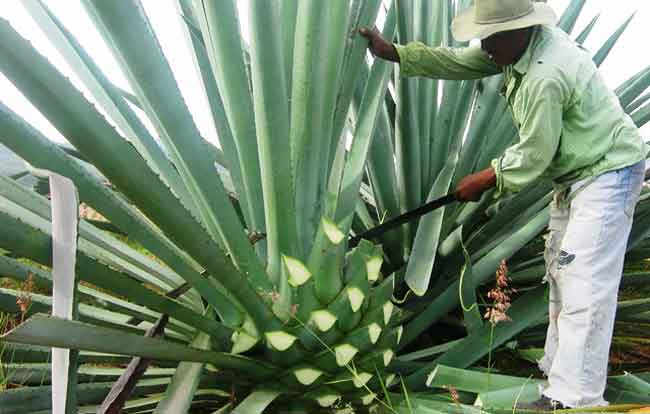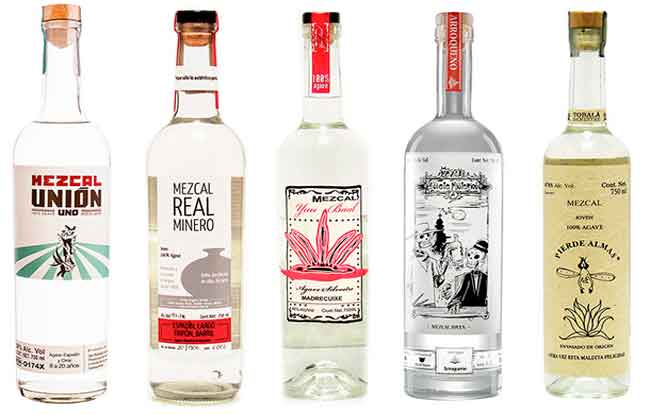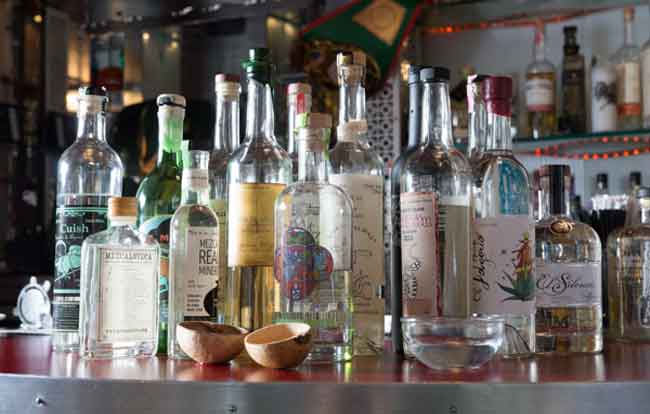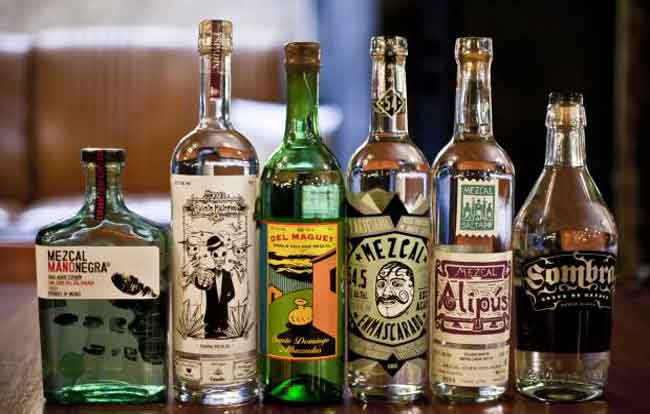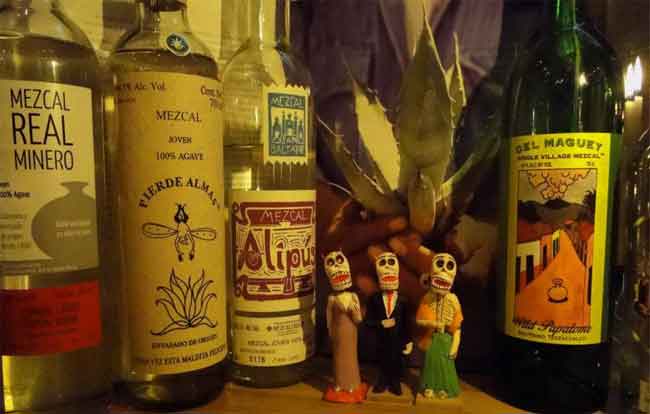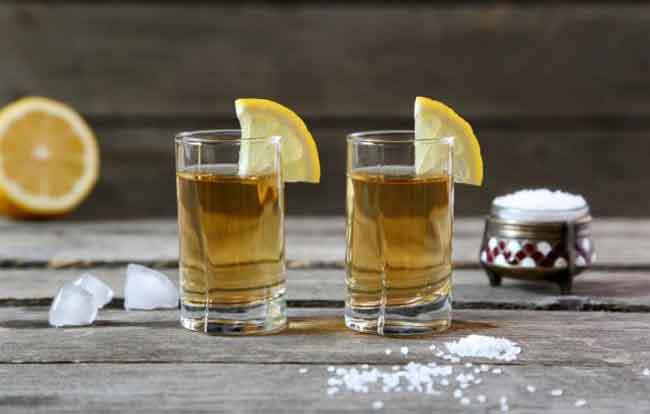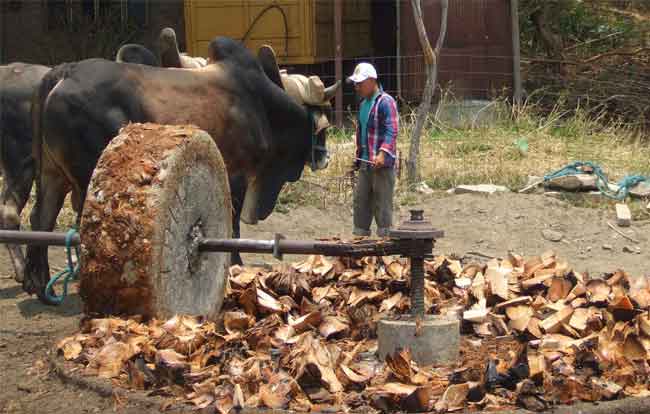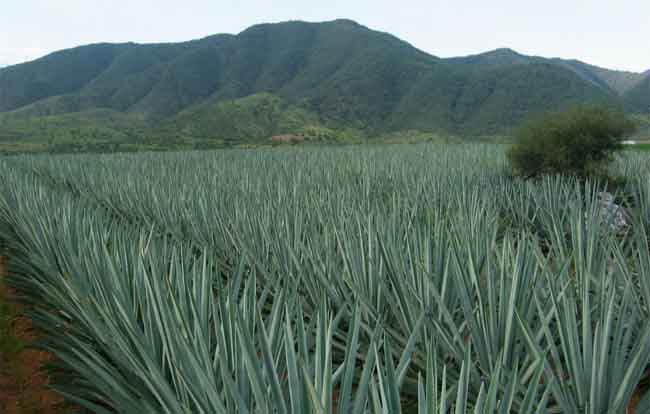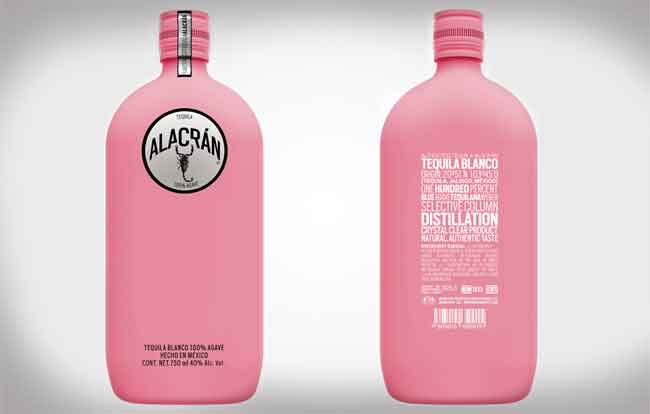What is the difference between tequila and mezcal? I get this question all the time, as I imagine most people do who are in and around mezcal. It is a fundamental question on the path to mezcal enlightenment. Of course, today, mezcal can best be understood by simply tasting any of a handful of premium mezcals that have come to the US in recent years. But in the meantime, before we appreciate mezcal, understanding why it is different from tequila is a great place to start.
I believe that for most people tequila leads to mezcal (even though all tequilas are mezcals, but we will come back to that). Tequila leads to mezcal because for most of us, it started with tequila. We traveled down a path that likely started with bad tequila, bad experiences, and bad results the next morning. Then we slowly found our way back to the good 100% agave tequilas that started showing up in the 90’s. And maybe we enjoyed the extra anejos that move tequila toward cognac. And then, what? What else is out there? Ahhh mezcal….I’ve heard about that. The rise of the extra anejos coincided with the arrival of fine mezcals and then they started to appear on the shelves at your local liquor store and on the cocktails menus of your favorite gin joints. So tequila brought us to this point and now mezcal joins the discussion….
There are three key reasons why mezcal is different from tequila:
- Tequila and mezcal are produced in different states of Mexico (though there is overlap).
- Tequila can only be made, by law, with one variety of agave: the Blue Agave. Mezcal can be made with upwards of 30 varieties of agave, though most are made with the Agave Espadin.
- The production process for mezcal is different from tequila which leads to a distinctly different flavor profile for mezcal.
Tequila and Mezcal are Produced in Different Regions
First, you must know that all tequilas are mezcals. Mezcals are any agave-based liquor, and therefore tequila is a subset of mezcal produced in specific regions of Mexico and made only from the Blue Agave. Tequila is made in 5 specific regions: Jalisco, Michoacan, Guanajuato, Nayarit, and Tamaulipas. Jalisco is definitely the center of the tequila universe and where the town of Tequila (yes, there is a town named Tequila) is located.
Mezcal is made in 8 specific regions of Mexico: Oaxaca, Durango, Guanajuato, Guerrero, San Luis Potosi, Tamaulipas, Zacatecas, and the recently approved Michoacan. Oaxaca is the center of the mezcal world, as 80-90% of mezcals are made in Oaxaca.
Notice that 3 states overlap and make both tequila and mezcal – maybe we should all move there!
Tequila and Mezcal are Made From Different Varieties of Agave
Tequila must be made from the Blue Agave. Mezcal, on the other hand, can be made from more than 30 varieties of agave, including the Blue Agave. In fact Del Maguey recently released a special bottling, San Luis del Rio Azul, a mezcal made with the Blue Agave, and its goooooood. See my previous post on How Many Agave Varieties Can Be Used To Make Mezcal for a lengthy, and some say fascinating (maybe that’s just me) discussion. But know that most mezcals are made from the Agave Espadin, which is the most prevalent agave variety found in Oaxaca.
The Production Process is Different
You’ve seen agave plants, right? They have these long spear-like leaves. At harvest, the leaves are sheared off by the jimador (the person doing the harvesting) who uses a coa, a long-handled stick with a sharp, flat blade at the end. Once the leaves are off, what is left is called the “pina” because it looks like a large pineapple.
Up until this point, a tequila harvest and a mezcal harvest is essentially the same (with different varieties of agave). How the pina is cooked is where the process differs dramatically.
With tequila, the pinas are cooked in large industrial ovens, known as autoclaves, which are large, stainless-steel industrial pressure cookers. (note: there are other methods of cooking and crushing the pinas but this is the most common). Then the cooked agave is shredded and fermented blah blah blah. So uninteresting. So industrial. So mass production. So boring! (Can you feel the mezcal bias brewing?)
With artisanal mezcal, the process is much more handcrafted and follows the process that has been used for hundreds of years. I stress the word “artisanal” because some mezcals, like Zignum (which sucks, by the way), use a very industrial process much like a mass-produced tequila. But the premium mezcals, which I regularly discuss on this blog, use the traditional production method. With artisanal mezcal production, the pinas are cooked in an underground, earthen pit. The pit is typically about ten feet wide and ten feet deep, and cone shaped down to the bottom. It is lined with volcanic rock. A fire is started in the bottom with wood. This fire burns to the embers heating the volcanic rocks to extreme heat. The pinas are then piled into the pit and covered with about a foot of earth. This underground “oven” now smokes, cooks and caramelizes the pina over a multi-day cooking process. The picture on the left here shows a covered pit and the pinas are cooking beneath the earthen mound. The pinas in the foreground are for show (or perhaps, they are just happily waiting their turn at glory to be smoked and turned into glorious mezcal!). It is largely this underground baking process that imparts the smoky flavor to a mezcal.
The artisanal mezcal process continues once the pinas are cooked and unearthed. The crushing process for the agave is traditionally done with a tahona (pictured here). Yes, it is a horse or donkey pulling a large stone wheel around in a circle. You see the cooked agave being crushed in the center of the wheel. This is cool, hand-crafted stuff! This entire process basically happens on a farm (or “palenque”) and is overseen by a Master Mezcalero. So when you see a premium mezcal for $50, $60, or even $100 a bottle, know that you are paying for a bottle of drinkable art that has been made this way since the 1600’s. And if someone says, “I can’t believe you paid $60 for a bottle of mezcal!” Just smile, pat them on the head, and call them grasshopper.
So that, my friends, is why mezcal is different than tequila at a basic level. Of course, there is much more to it if you start talking about culture, history, COMERCAM vs. CRT, and the list is longer still. But the above list of three key differences will have you more informed than 99% of the population.



